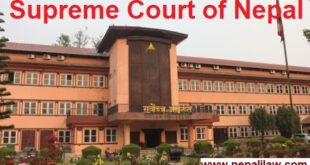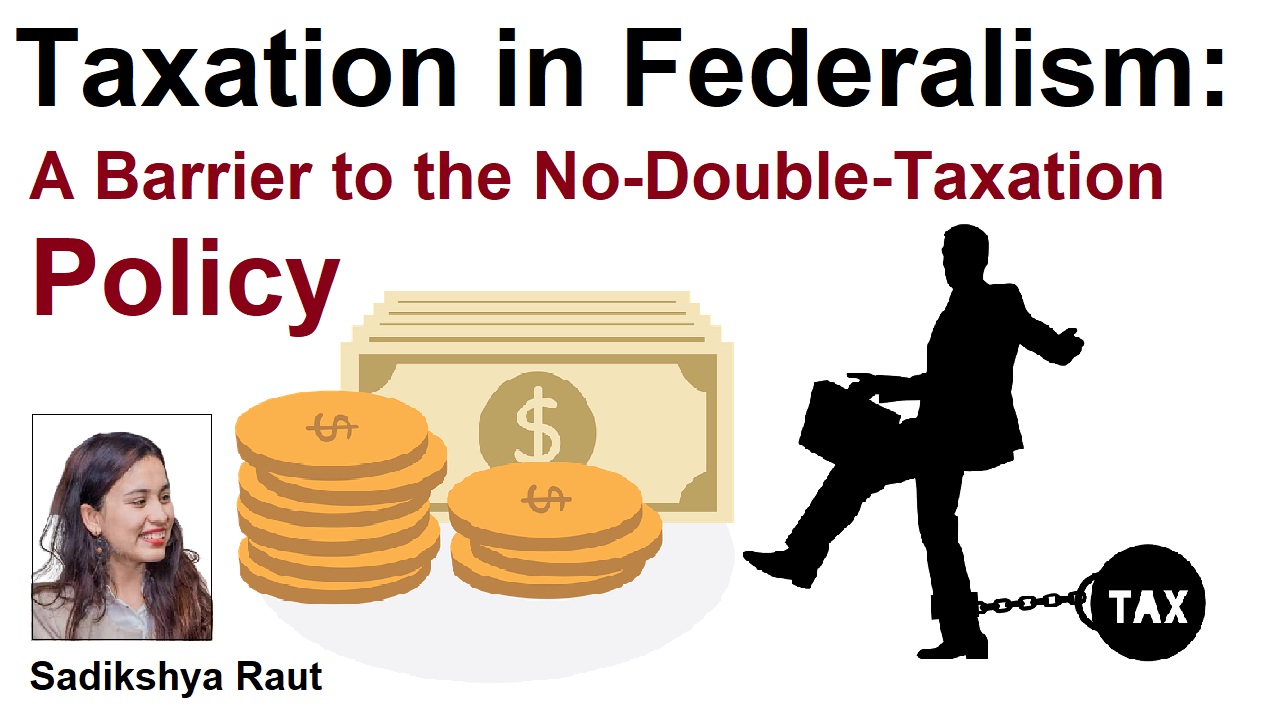Precedent is also known as case law or judge-made law. Judicial precedent is a process that is followed by the judges to take the judgment. The decision is taken by following similar cases that happened in the past in the common law system. Hence, the judicial decision is based on the principle of stare decisis.
Point of reference frames the premise of the common law. This is one of the wellsprings of law in the United Kingdom. The legal executive may, every so often, decide the significance of a term in a bit of enactment and they additionally make law through the point of reference. There are zones of law.
The static convention of restricting point of reference is known as the precept of gaze decisis, which is Latin signifying ‘to hold on/stick to chose cases’, for example, to follow the point of reference. All in all, when a lawful guideline is chosen in one case it ought to be continued in comparative future cases. The principle of restricting point of reference alludes to the way that, inside the various leveled structure of the courts in Scotland, the choice of a higher court will be official on a lower court. As a rule term, this implies that when judges attempt cases they will verify whether a comparable circumstance has preceded a court already.
Stare decisis
Stare decisis is a legal term. It refers to the doctrine of precedent established in the common law system, court rulings being guided by previous judicial decisions or judge opinion. The term Stare decisis is derived from a Latin word, it means “to stand by things decided” or “let the decision stand.”
In the event that a point of reference from a comparative circumstance exists and it was set by a court of equivalent or higher status to the court choosing the new case, at that point the adjudicator in the current case ought to follow the legitimate standard set up in the prior case. Where the point of reference is from a lower court in the chain of importance, the adjudicator in the new case may not follow yet will positively think about it.
Ratio decidendi
This Latin expression in a real sense freely interprets as the explanation behind the choice. The proportion decidendi of a case isn’t the real choice, or request, as ‘blameworthy’ or ‘the protector is subject to pay remuneration’. The proportion decidendi builds up a point of reference, which is the standard of law utilized by the adjudicator or judges in choosing the legitimate issue raised by the current realities of the case. This standard, which is a reflection of the current realities of the case, is known as the proportion decidendi of the case.
The Importance of Precedent
In a customary law framework, judges are obliged to make their decisions as predictable as sensibly conceivable with past legal choices on a similar subject. The Constitution acknowledged the vast majority of the English customary law as the beginning stage for American law. Circumstances actually emerge that include rules set down in cases chose over 200 years back. Each case chose by a custom-based law court turns into a point of reference, or rule, for ensuing choices including comparative debates. These choices are not authoritative on the assembly, which can pass laws to overrule disliked court choices. Except if these laws are resolved to be illegal by the Supreme Court, they appropriate the precedent-based law point of reference cases. Judges concluding cases are limited by the new law, instead of the point of reference cases.
The estimation of a common-law framework is that the law can be adjusted to circumstances that were not thought about by the governing body. There are two drawbacks. To start with makes a decision about should follow the point of reference cases. This kind of split likewise occurs between government courts of allure, here and there with three or four pieces of the nation under various translations of a given administrative law.
The option in contrast to the custom-based law framework is known as a common law framework. In a common law nation, the lawmaking bodies pass quite certain rules, and these are applied by the courts. Each judge who chooses a case looks to the rule, instead of the past cases, for direction. In principle, in equivocal cases, each judge is allowed to rethink the resolution as important to fit the current realities of the particular case. In spite of the fact that this understanding need not draw on past choices by different adjudicators, common law judges do attempt to guarantee some consistency in the utilization of the law by contemplating past court choices. Louisiana holds a portion of the common law methods that were in power before it joined the United States.
Conclusion
This week investigated the expertise of building up contention and thought about the legal points of reference. You figured out how formal contentions can be developed and how judges utilize formal legitimate contention to make points of reference. Restricting point of reference supports the advancement of precedent-based law.
 Nepali Law A complete legal information portal
Nepali Law A complete legal information portal



